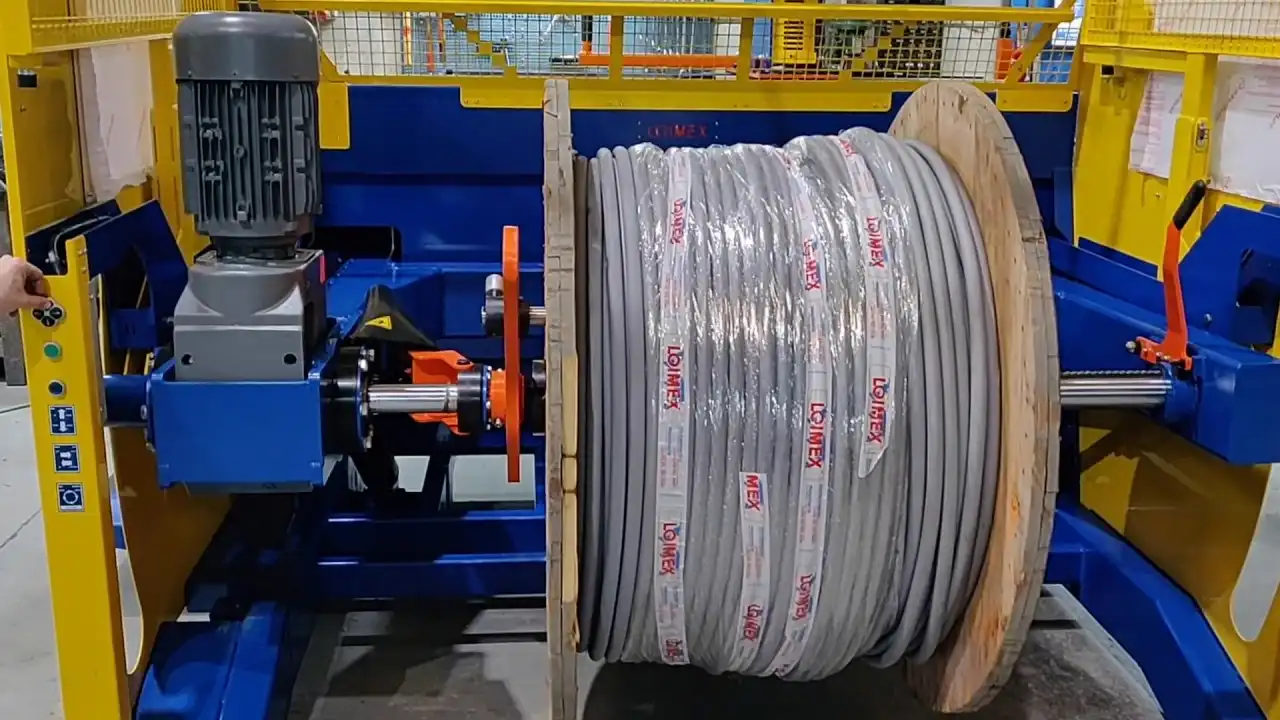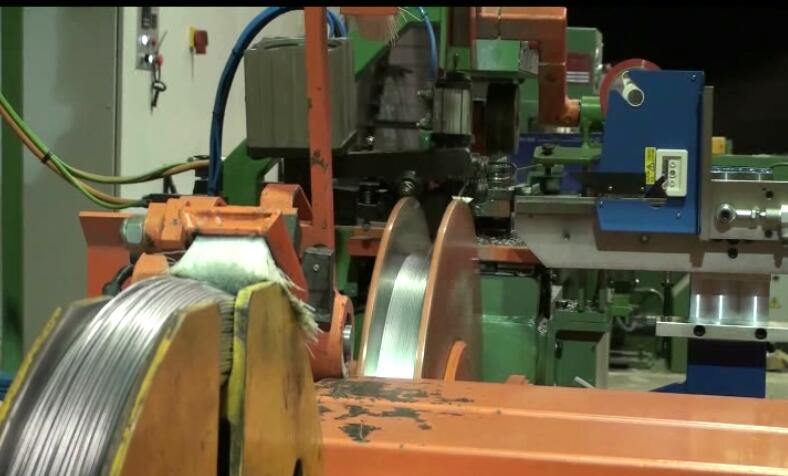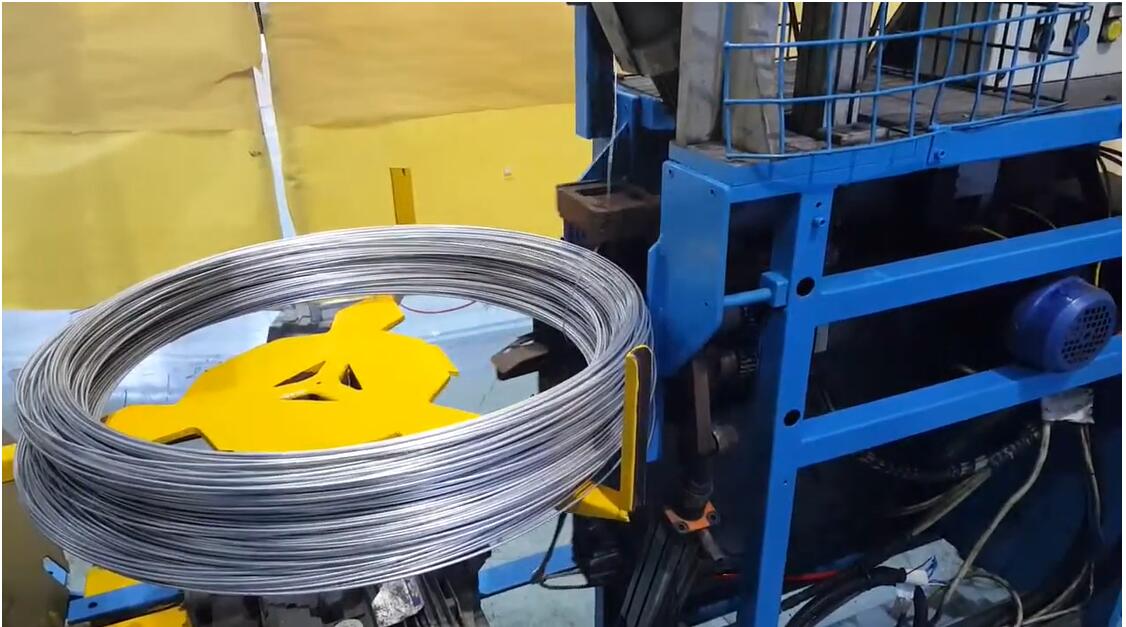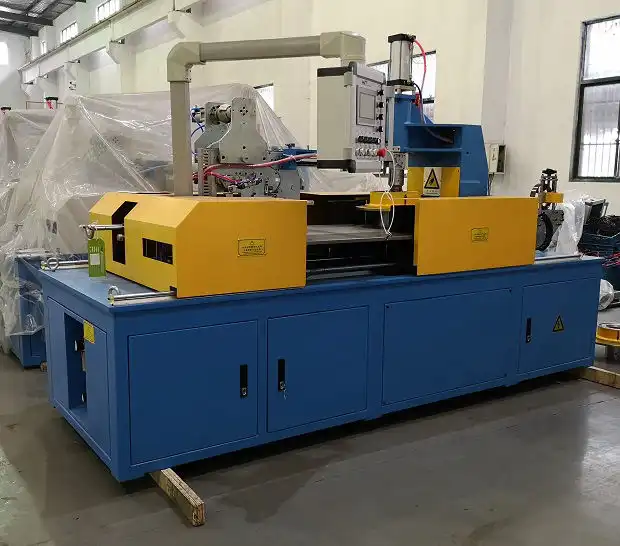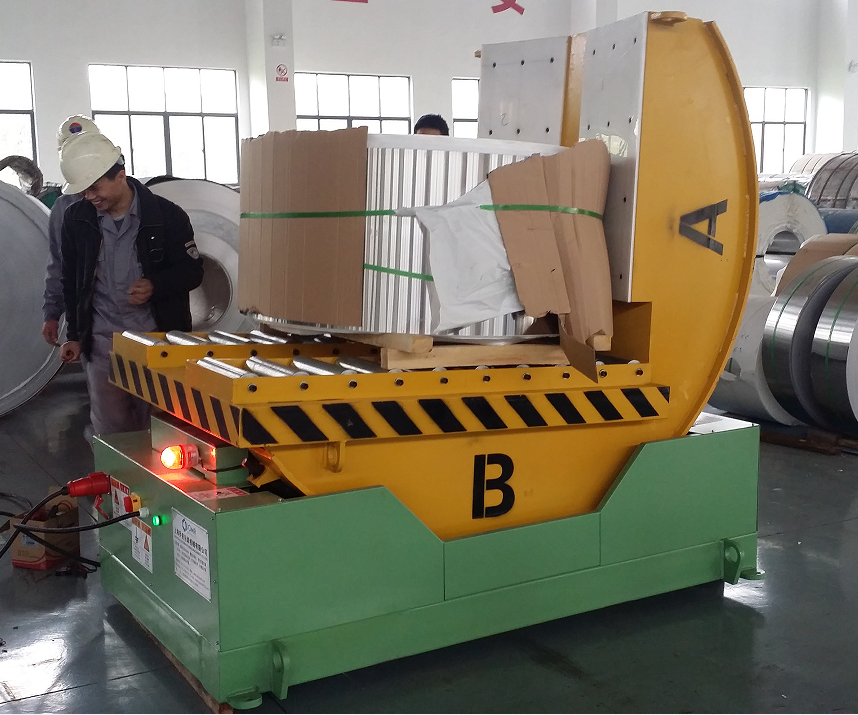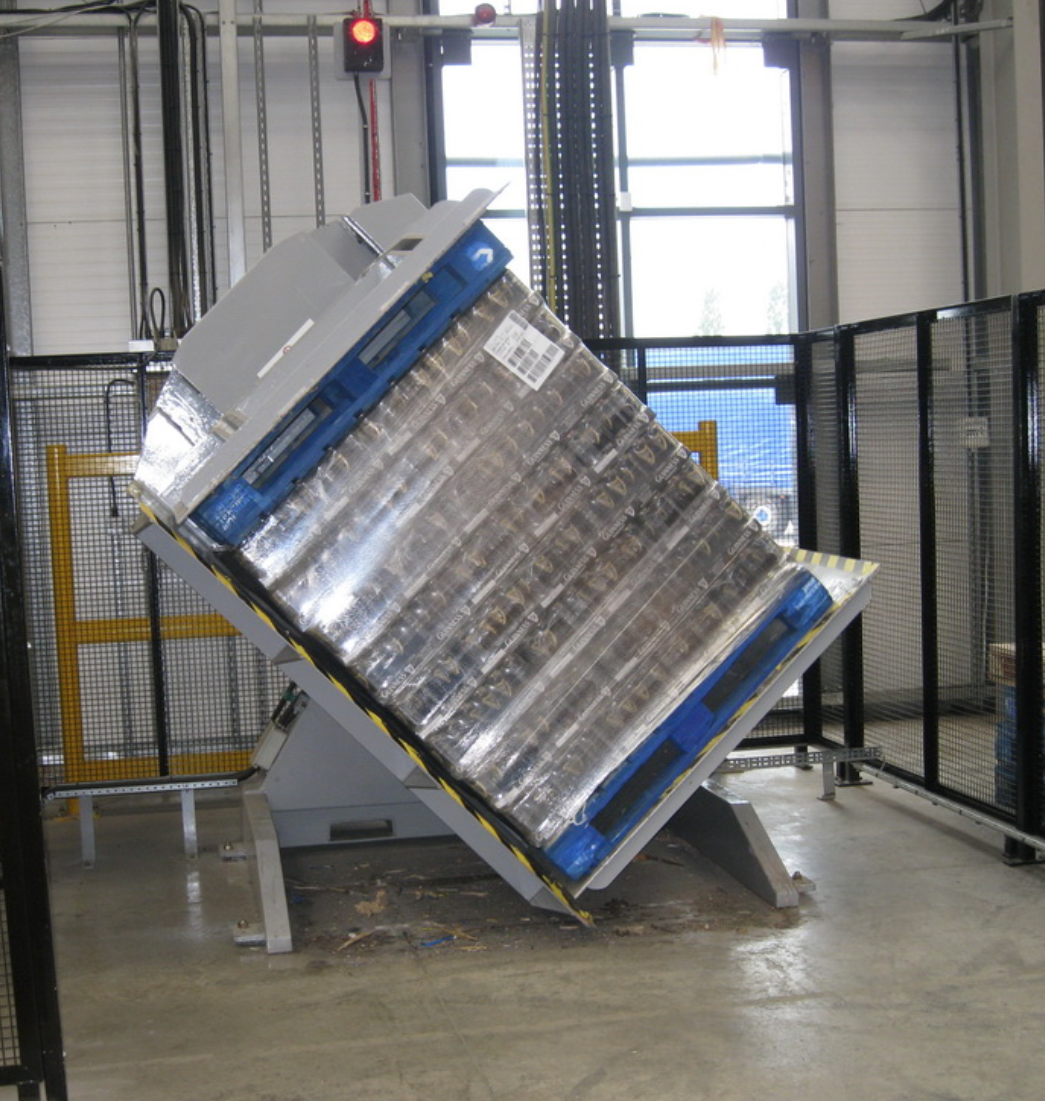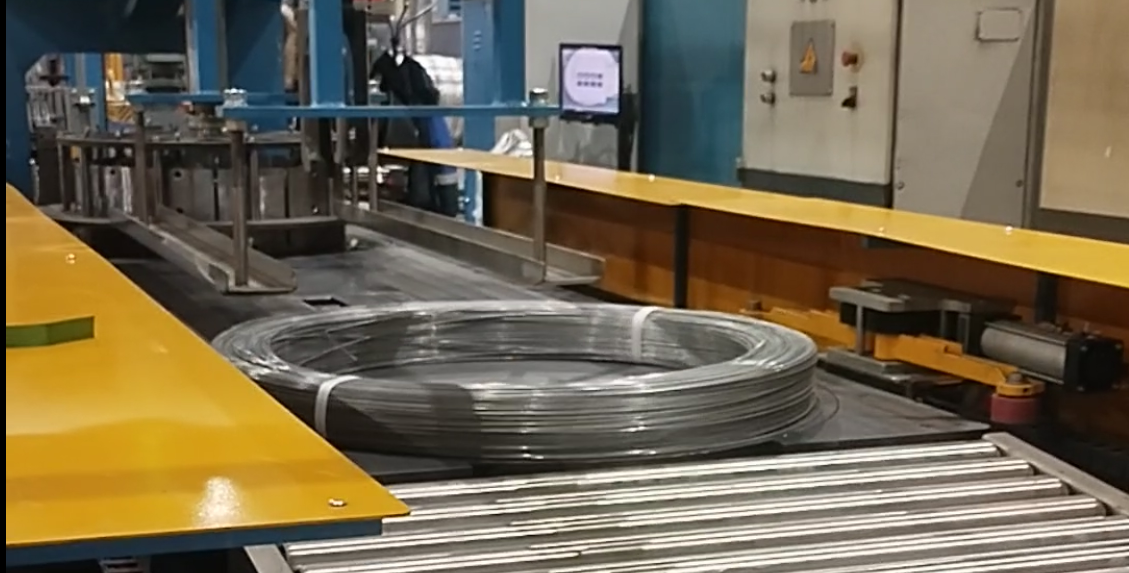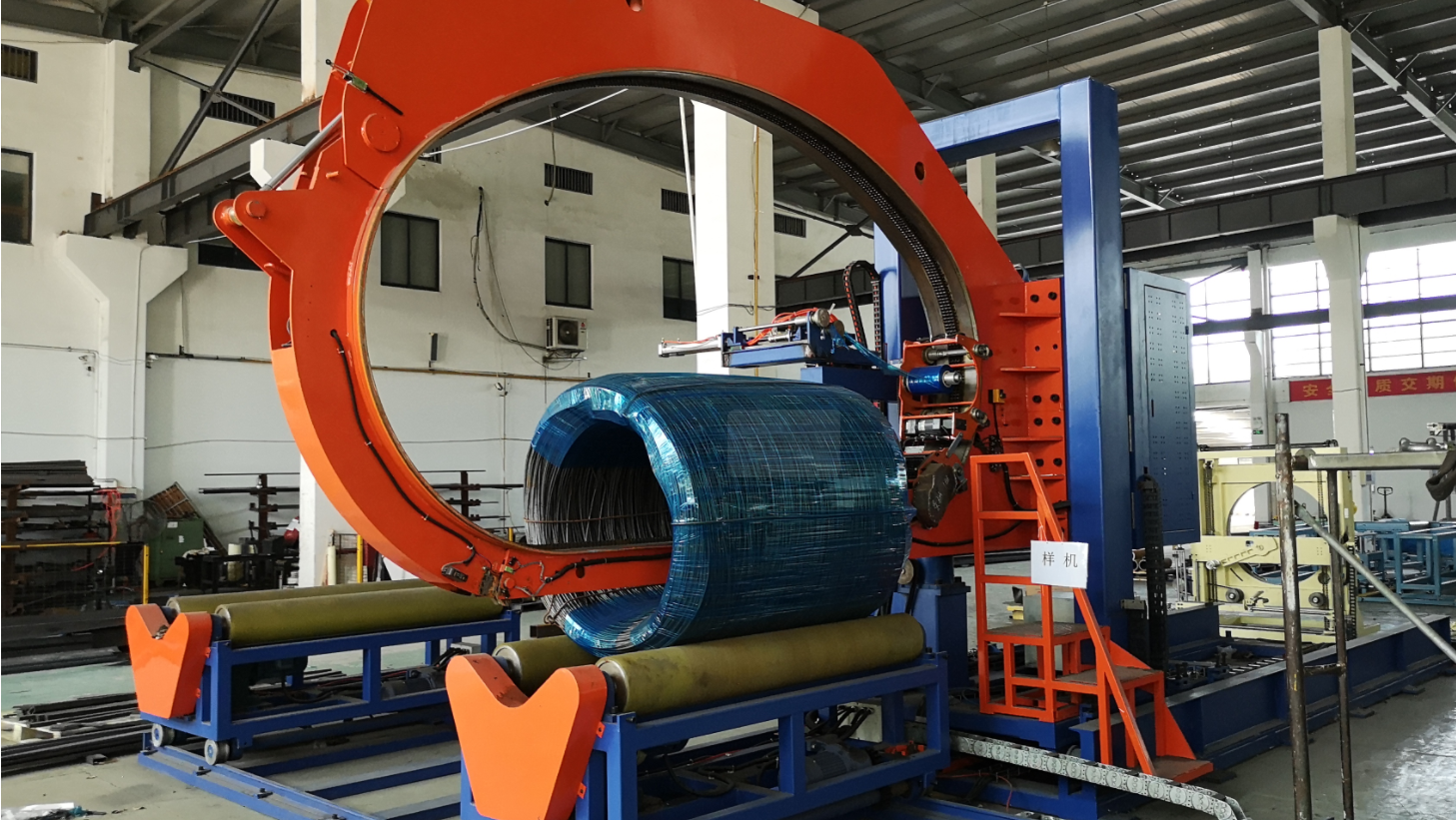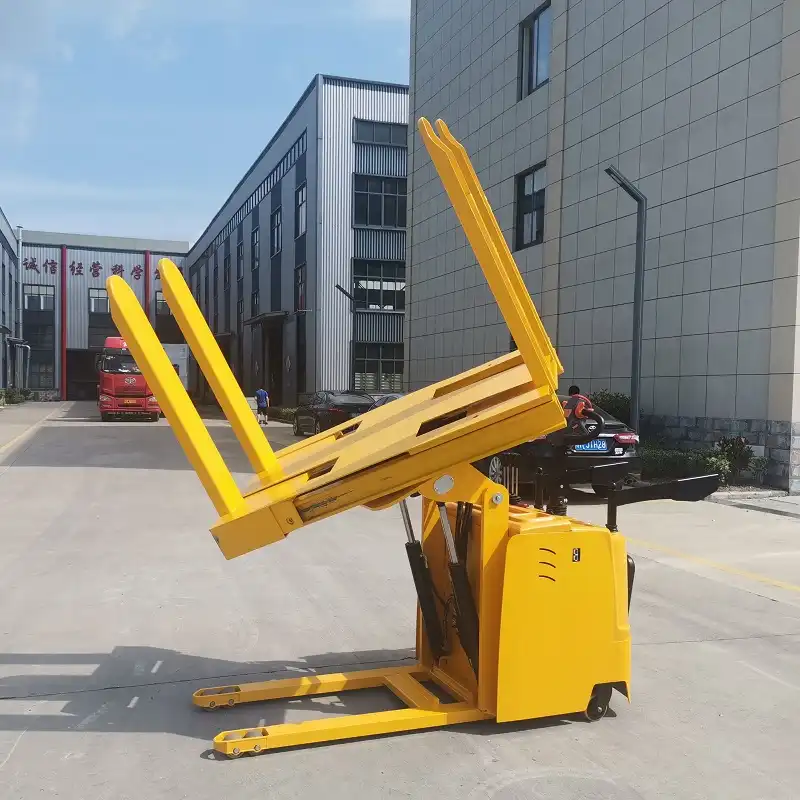Choosing between the vertical and horizontal upender to handle your steel coils is crucial. Automation in packaging can enhance productivity and minimize risks. If you’re seeking an efficient way to transition large, heavy coils, understanding these machines’ capabilities is vital. Let’s delve deeper into their functionalities to optimize your workflow.
Vertical upenders are excellent for large or round objects, while horizontal ones suit flat, wide items. Horizontal handles broad loads. Vertical rotates objects upright. Both improve safety by reducing manual handling, yet each serves different needs. Choose based on your object’s shape and weight distribution for best results.
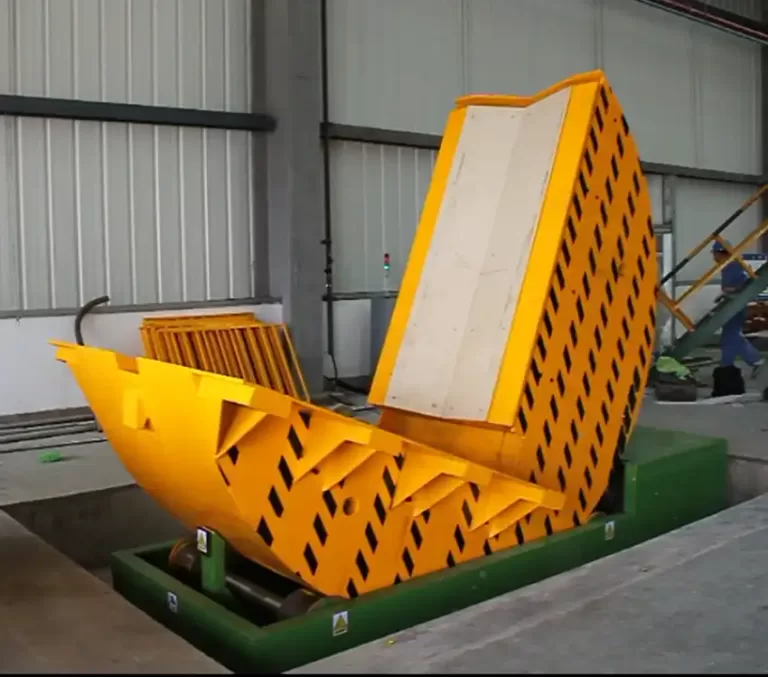
The decision between vertical and horizontal upenders involves understanding specific needs and operation processes. Efficiency, safety, and effectiveness in managing steel coils are influenced by the upender selected. Let me explain the differences to help you choose the best upender for your business.
1. What are the Differences Between Vertical and Horizontal Upenders?
Manufacturers often wonder which upender is best for their operations. Choosing between these options involves considering various factors to meet business needs. Focusing on performance and safety features is key. This is where FHOPEPACK’s expertise comes in, helping you comprehend the distinctions that can make a difference in coil handling.
The main difference between vertical and horizontal upenders is how they function. Vertical models rotate items to an upright position, while horizontal ones pivot them sideways. Vertical upenders are ideal for circular objects requiring a 90-degree turn, and horizontal ones suit broad, flat items needing lateral movement. Understanding these differences aids in selecting the right machine for your tasks.
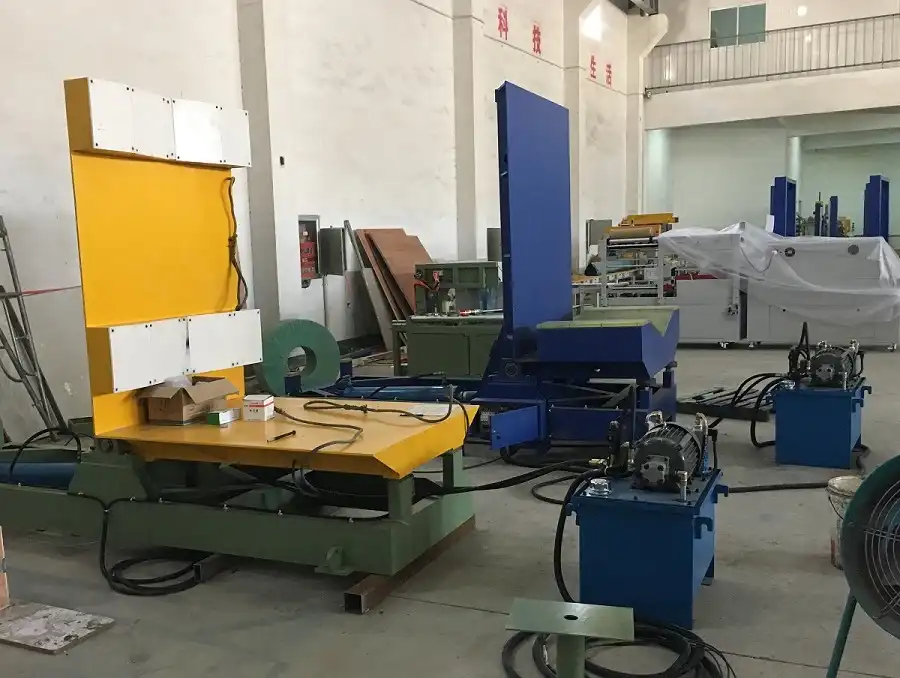
Performance and Efficiency
Performance and efficiency are critical when choosing the right upender. A vertical upender generally provides higher precision for round items. Its design gives it a stronger capability to stabilize heavy loads as they rotate. Since lifting is vertical, it reduces the load’s width limitations, making it suitable for tight spaces. On the flip side, a horizontal upender offers more flexibility with flat and larger items. It doesn’t require extra height clearance, which can be a constraint for vertical models. In my experience with automation equipment, the choice hinges on your factory layout and the average size of your coils.
| Upender Type | Optimal Use | Space Requirement | Load Shape |
|---|---|---|---|
| Vertical | Round/Cylindrical loads | Requires headroom | Balanced loads |
| Horizontal | Flat/Wide loads | Less headroom | Broad loads |
I once dealt with a client needing to streamline workflow for both rectangular and circular coils. We realized a mixed approach using both upenders led to significant productivity improvements, balancing their unique limits. Understanding subtleties isn’t solely about machine mechanics; it’s about recognizing how these machines fit into existing processes. Thus, aligning upender selection with operational goals is a strategic decision. Let me share further on the nuances that can aid your decision.
Safety and Risk Management
Safety is paramount. Misalignment between coil and upender type often results in increased hazards. Vertical upenders typically offer better stability, pivotal for safety in managing round objects. Their design minimizes side-load flapping, reducing risk. However, if you work with more extensive, bulkier materials, horizontal upenders distribute weight better on lateral planes. This capability makes them safer for broader items, reducing the risk of tipping during turns. My years in engineering taught me successful automation isn’t just about efficiency. Addressing safety concerns is essential for risk management.
Examining these factors offers guidance in choosing an upender tailored to your operation’s unique requirements. I have seen businesses thrive by implementing such precision when selecting equipment.
Choosing the suitable upender involves more than understanding machinery. It requires assessing specific industrial processes’ nuances. In approaching your choice, consider how each type fits into your existing setup for seamless workflow. I’ve guided manufacturers through this process by aligning technical details with practical needs first. The key lies in understanding operational dynamics, so your operation can reach the highest efficacy.
2. How to Choose the Right Upender for Your Application?
Perplexed by the variety of upenders available in the marketplace? Identifying the perfect upender for your operation can streamline processes, reduce manual labor, and increase efficiency. Navigate this pivotal choice with ease by understanding your unique operational needs and application requirements. Let’s explore the key factors for making the right decision.
Choosing the right upender begins by evaluating specific operational demands, load capacities, and environmental conditions. A versatile upender aligns with production goals and safety standards, leading to efficient material handling and increased productivity. Identifying features such as automation compatibility, size, and cost will facilitate seamless integration and optimal performance.
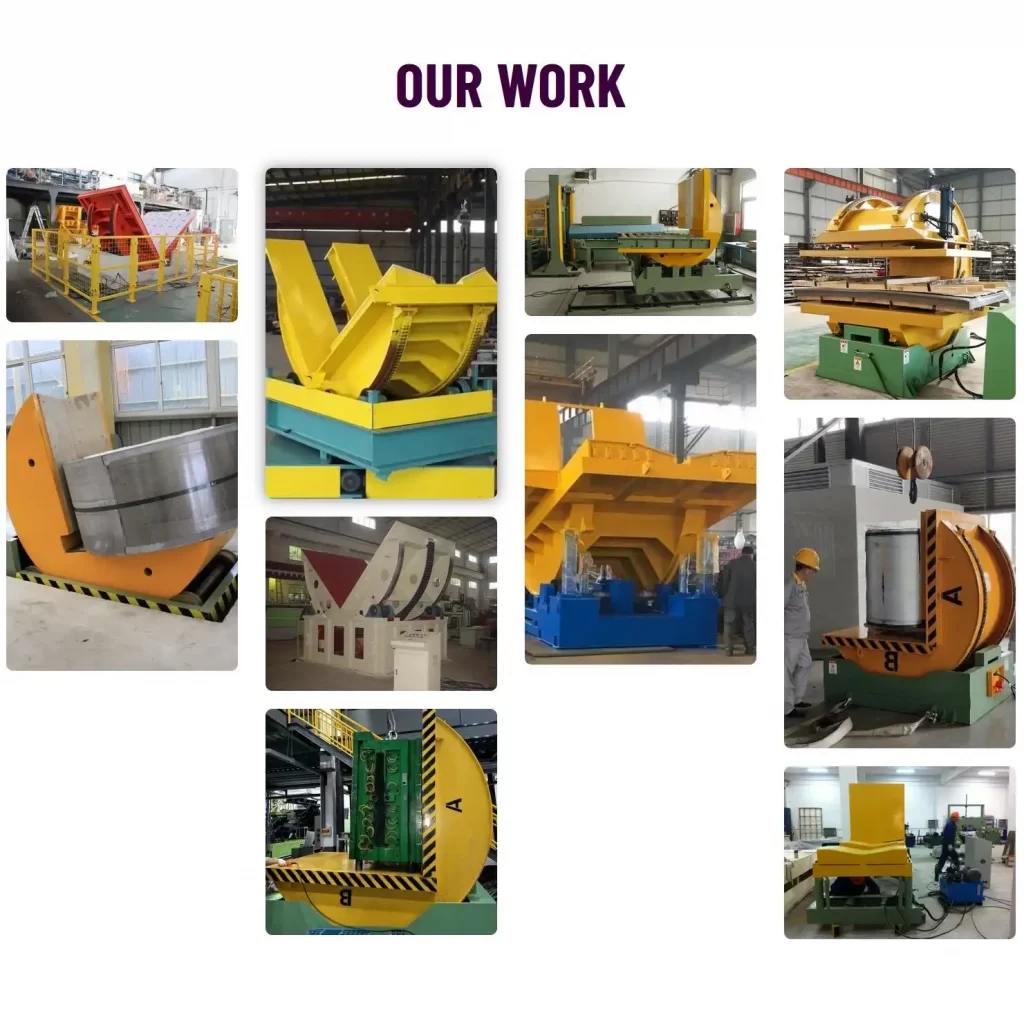
Key Considerations in Selecting an Upender
To make a confident decision, consider the following aspects that influence the choice of an upender:
-
Load Capacity and Size: Understand the weight and dimensions of the materials you handle. Upenders come in various sizes and capacities, so ensure the equipment can manage your heaviest loads safely.
-
Operational Environment: Assess the working conditions where the upender will operate. Whether it’s a dry, controlled environment or a more rugged, outdoor setting, an appropriate choice can prevent operational disruptions.
-
Integration with Existing Systems: Consider whether the upender can integrate smoothly with your current machinery and production lines. Compatibility ensures a continuous workflow without costly modifications.
-
Maintenance and Durability: Investigate the maintenance requirements of the upender models you’re considering. Reliable equipment with minimal downtime can save on long-term operational costs.
-
Cost Efficiency: Evaluate not just the initial investment, but also the long-term savings and productivity gains. A slightly higher upfront cost may lead to substantial savings in labor and efficiency down the line.
| Factor | Importance | Key Considerations |
|---|---|---|
| Load Capacity | High | Ensure upender can handle maximum load with ease |
| Environment | Moderate | Match upender suitability to specific conditions |
| Integration | High | Compatibility with existing machinery |
| Maintenance | Moderate | Low maintenance equals high reliability |
| Cost Efficiency | High | Balance initial cost with potential savings |
3. What are the Maintenance Requirements for Steel Coil Upenders?
Frustrated by unexpected maintenance downtime? Efficient operation of a steel coil upender hinges on regular and precise maintenance. Avoid costly interruptions by mastering the essential upkeep requirements. Let’s explore how to keep your upender performing at peak levels with minimal disruption.
Maintenance of steel coil upenders involves routine checks and servicing to ensure safety and functionality. Key tasks include inspecting hydraulic systems, lubricating moving parts, and checking safety mechanisms. These measures not only extend the equipment’s lifespan but also ensure reliable performance and safety in handling heavy materials.
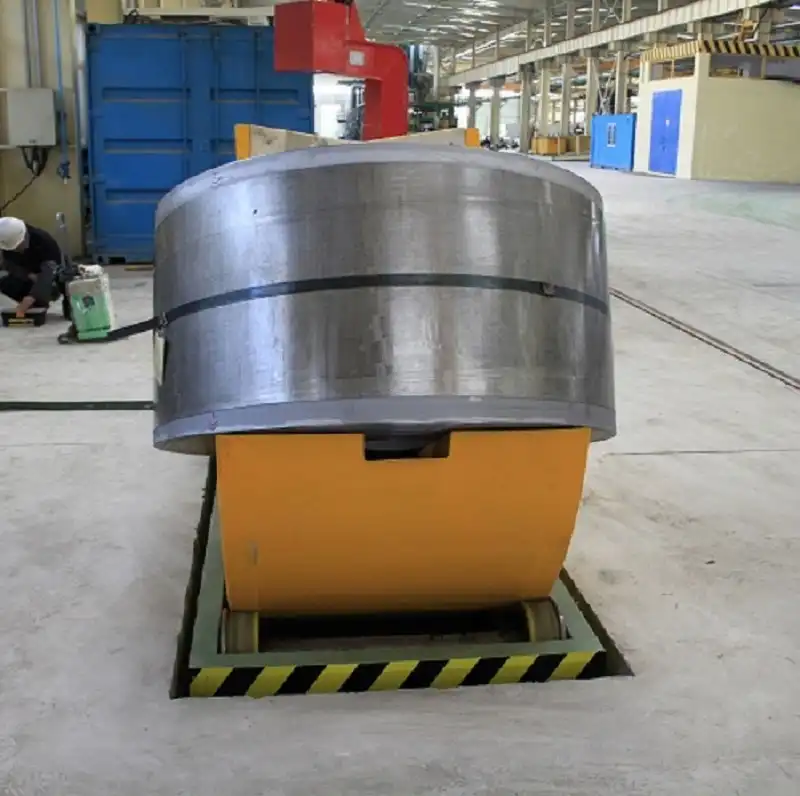
Essential Maintenance Practices for Upenders
Mastering maintenance details is essential for any owner or operator. Let’s explore some critical elements:
-
Hydraulic System Checks: Regularly inspect hydraulic components for leaks or wear. This system is crucial for lifting operations, and any failure can halt production.
-
Lubrication of Moving Parts: Maintain lubrication schedules for gears, bearings, and other moving parts to reduce friction, avoid overheating, and prevent mechanical failures.
-
Safety Mechanism Verification: Regularly test safety sensors, control panels, and fail-safes. Ensure that emergency stops and other safety features function correctly to prevent accidents.
-
Structural Integrity Inspections: Conduct routine checks for any physical damage or signs of wear in the upender’s structure. Keeping the machinery stable and robust is key to its long-term usability.
-
Performance Monitoring: Utilize performance logs to track operational efficiency and spot any declines in performance promptly, enabling timely interventions before major issues arise.
| Maintenance Task | Frequency | Key Benefits |
|---|---|---|
| Hydraulic System Checks | Monthly | Ensures operational reliability and safety |
| Lubrication | Weekly to Monthly | Reduces wear and increases equipment lifespan |
| Safety Mechanism Verification | Monthly | Enhances user safety and prevents workplace accidents |
| Structural Inspections | Quarterly | Maintains device stability and prevents costly repairs |
| Performance Monitoring | Ongoing | Identifies potential issues early for efficient resolution |
Conclusion
Choosing the right steel coil upender requires understanding your specific needs, operational environment, and maintenance capacity. Make informed decisions for optimal industrial outcomes. By aligning equipment choices with these criteria, you maximize efficiency, enhance safety, and ensure a seamless workflow—paving the way for a successful industrial operation.
Choosing the right steel coil upender requires understanding your specific needs, operational environment, and maintenance capacity. Make informed decisions for optimal industrial outcomes.


